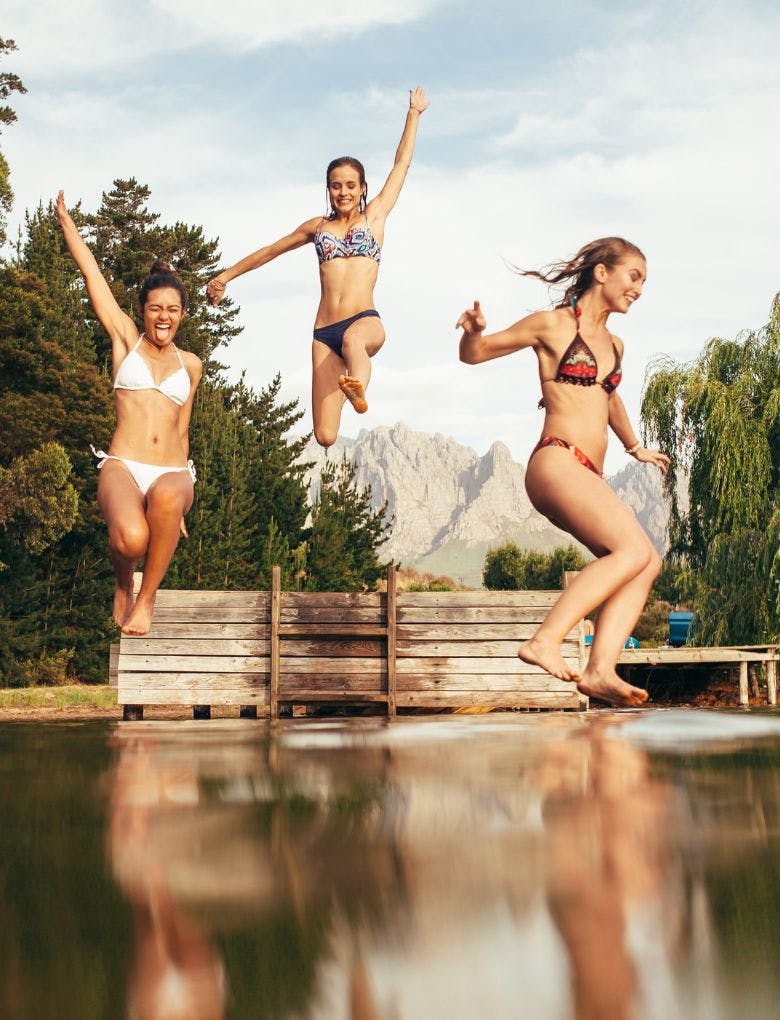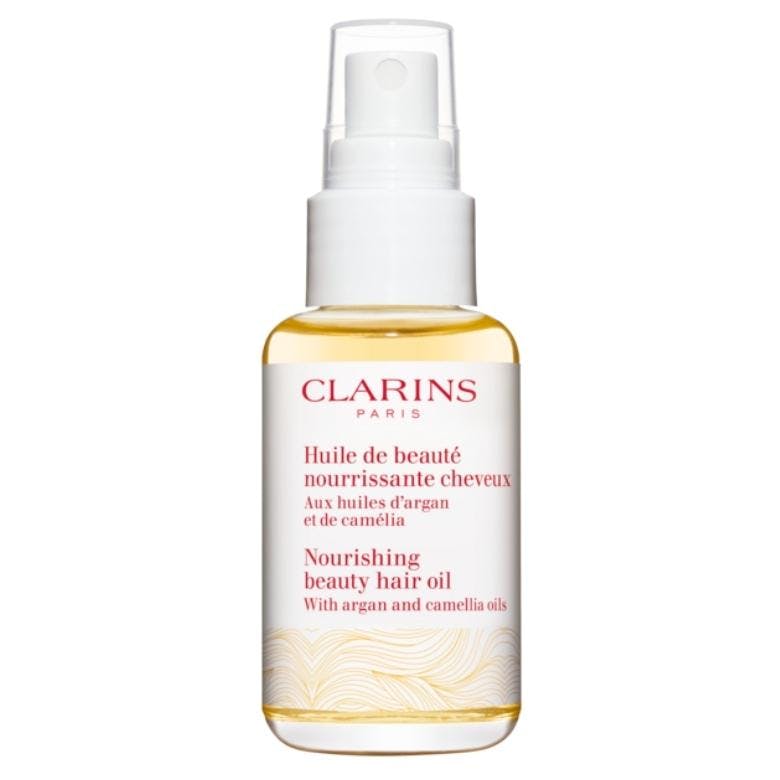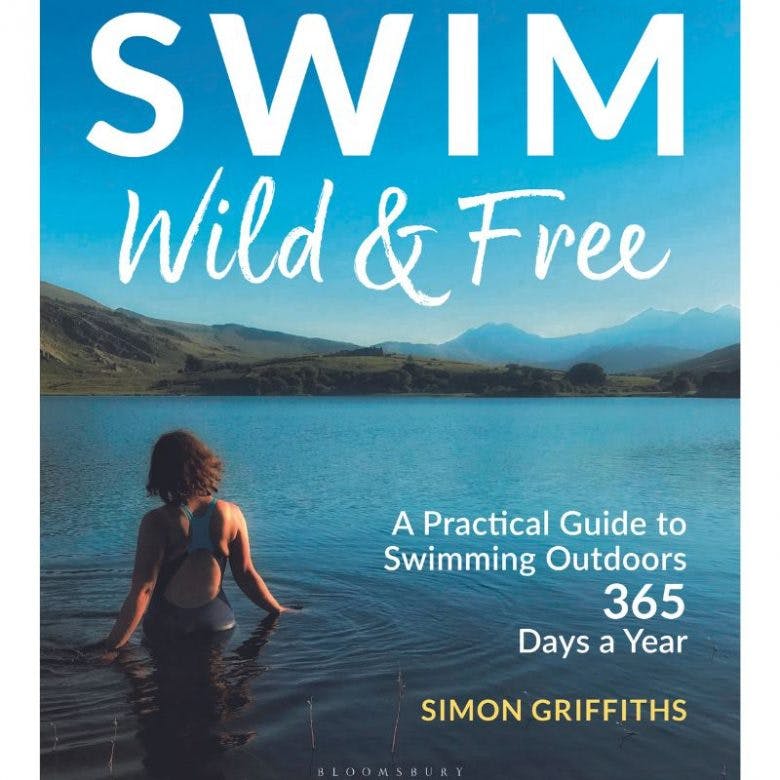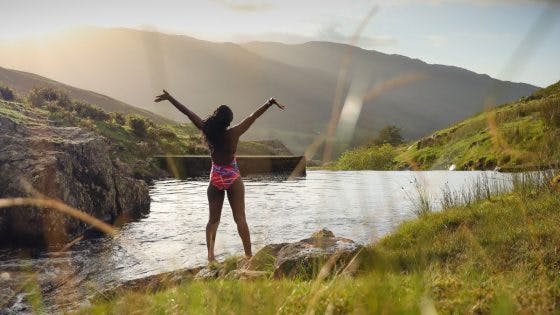A Beginner’s Guide To Wild Swimming
9 minutes read
With the temperatures finally on the rise, it’s no surprise everyone and their dog are wild swimming. People are taking the plunge into lakes, rivers, and estuaries and diving into open seawater. The reason? Wild swimming has many health benefits – it releases endorphins, and happy hormones, encourages blood flow and offers a sense of wellbeing that a regular heated indoor pool might not give you. Here’s the lowdown on the do’s, don’ts, and some brilliant advice, by the experts, on the benefits of wild swimming.
What exactly is wild swimming?
Wild swimming is essentially immersing yourself in any of nature’s watering holes – whether that’s a lake, river, estuary, or sea. It can be salt or fresh water – but no artificial structures – so those resorts with the faux rocks, unfortunately, do not count. So, if you have been tempted – but haven’t made it past dipping a toe in – here’s everything you need to embrace outdoor swimming by the ultimate expert.
Beauty Daily talks to Simon Griffiths, the author of Swim Wild & Free: A Practical Guide to Swimming Outdoors 365 Days a Year. His outdoor swimming credentials are many: He is the founder of Outdoor Swimmer Magazine, helped create the STA’s Open Water Coaching Qualification, and is a member of the Teddington Masters’ Swimming Club. Oh, and he swims year-round in the murky Thames.
Why the boom in wild swimming?
Simon Griffiths: “Wild swimming was growing steadily before covid, but lockdowns gave it a massive boost. In the early stages, the fact that you could swim outdoors before pools reopened was a big driver, primarily from a practical perspective: if you wanted to swim, wild swimming was your only option. As the situation in pools normalised (to an extent, anyway), we still saw continued growth in wild swimming, which was prompted in part by the heightened awareness of the need to take care of our mental and physical health that resulted from living through a pandemic. We saw this, especially with the big increase in winter swimming.
Regarding statistics, in a survey of 4500 swimmers we did at Outdoor Swimmer in 2021, 1 in 5 people said they’d started outdoor swimming in the previous 12 months, which shows the growth rate. We also track people’s motivations to start wild swimming. For example, of people who started during the first lockdown, 21.5% said they did so because pools were closed. Over a longer period, the most significant change we’ve seen is the number of people who say they started for the mental health benefits. For people who began more than five years ago, this reason barely got a mention (doing a triathlon or a swimming race were far more common reasons). But for people starting in the last year, more than 20% did so for their mental health. Also, the top reason to continue swimming outdoors is for health and wellbeing.”
What are the mental and physical effects of wild swimming?
SG: “The amazing thing about wild swimming is you get the benefits of pool swimming plus close contact with nature and blue spaces, and often immersion in cold water. A lot of the evidence for the mental and physical benefits of wild swimming is anecdotal, but it is backed up by plausible science. For example, we know that cold water immersion causes a surge in hormones, including dopamine, serotonin, and beta-endorphins. These, in turn, are associated with improved mood.”
Adding, “For instance, “There are documented cases of people with mental illness being able to reduce or even give up their medication (but don’t tamper with your medication without medical supervision, and wild swimming isn’t a cure-all). There’s also the idea that regular exposure to the controlled stress of cold-water swimming trains us to handle stress better. Becoming a wild swimmer could therefore help you build resilience. In addition, wild swimming for many people is a social activity that often ends with a coffee and a chat, and we know that social connections are important for our wellbeing. Many swimmers will also tell you that their hobby boosts their immune system. In brief, the benefits are improved fitness, enhanced immunity and better mental health.”

Benefits of Wild Swimming
Most forms of exercise offer rewards. But the benefits of wild swimming are more than your average workout. There is something liberating in finding a place in nature to take a dip. No chlorine-drenched pools and communal changing rooms. It’s the original hydro-therapy treatment – and something not only the Victorians were particularly fond of, but NASA astronauts and Olympians-esq sports heroes today.
The benefits include:
Increases blood flow
Good circulation encourages blood flow to ensure organs work properly and deliver oxygen and nutrients to the cells. As a result, wounds will heal faster, your brain is more alert and your skin glows.
-
It can strengthen your immune system and has an anti-inflammatory effect
So will help to protect you from disease, lower blood pressure and help with sleep and recovery.
-
Increases happy hormones
It helps with anxiety and depression with increased endorphins, adrenaline, and serotonin production and reduces stress and cortisol levels.
-
It challenges you
When the body and brain are challenged in a good way, it leads to a greater sense of achievement and happiness and has a calming influence.
-
Your body works harder
In a nutshell – you burn more calories in cold water.
-
It may boost libido
Prolonged exposure to colder water has been shown to increase testosterone and boost oestrogen production.
-
Assist with pain management
It can reduce muscle pain and soreness after intense training or competitions.
Plus, it does add interest and variation to a jog, run or hike.
What to Wear When Wild Swimming
The great thing is, for most locations – you need nothing at all. A towel, perhaps?!
But here is Simon Griffiths’ kit checklist:
Recommended
- Costume
- Goggles
- Swim hat
- Tow float or bag
- Sunscreen
Optional
- Wetsuit
- Neoprene accessories
- Sports watch
- Waterproof phone case
- Waterproof camera
- Whistle

The Beauty Daily wild swimming checklist
SPF! A reef-friendly, ultra-moisturising sun protection is the first thing you need to consider. Charlotte McHale, Clarins Training Manager, also says, “If you’re bathing in salty water, then ideally you should think about rinsing off as it’s incredibly dehydrating.” So, pack some mineral water to rinse your hair and body.
“Your hair’s not going to be great after being in open water either,” says McHale. Adding, “Ensure you’re using good hair products to clean properly when you get home. I wouldn’t even be averse to applying an oil to your hair, maybe even before you swim, to help protect it a little bit. When swimming in the elements, I’ve used the Blue Orchid Treatment Oil in my hair and left it in all the time because it kept it soft and stopped it from getting too frizzy, and every time I shampooed, it was a bit easier to control afterwards. You could use the Nourishing Hair Oil too, of course.”

A Dryrobe is our go-to when you emerge from the cold – it’s the cosiest, most practical piece of kit that looks good too.
Next read: SPF Benefits: Everything You Need To Know About Suncare
Is Wild Swimming Safe?
Griffiths says, “This is a big topic. Safety takes up a full chapter in my book. The key is to look and think first; if you have any doubts, don’t go in. Alcohol impairs your judgement and your ability to swim, so if you’ve been drinking, stay out. Good places to start are lifeguarded beaches and supervised outdoor swimming venues.”
Adding, “As you know, the conditions will have been checked, and assistance will be on hand if you need help. Also, look where other people swim. There are many swimming groups on social media, so there’s a good chance you’ll be able to find one near you. But even if other people are swimming, you still need to assess your risk based on your experience and capabilities.”
According to Wild Swimming for Beginners – here are the top ten ways to stay safe:
1 Never swim in canals, urban rivers, stagnant lakes, or reedy shallows
2 Never swim in flood water and be cautious of water quality during droughts
3 Keep cuts and wounds covered with waterproof plasters if you are concerned
4 Avoid contact with blue-green algae
5 Never swim alone and keep a constant watch on weak swimmers
6 Never jump into water you have not thoroughly checked for depth and obstructions
7 Always make sure you know how you will get out before you get in
8 Don’t get too cold – warm up with exercise and warm clothes before and after a swim
9 Wear footwear if you can
10 Watch out for boats on any navigable river. Wear a coloured swim hat so you can be seen
Wild swimming water quality
If you Google ‘Swimfo,’ you get to this Environmental Agency link – that will show you areas of safe water quality. The agency states: “The Environment Agency assesses water quality at designated bathing water sites in England. From May to September, weekly assessments measure current water quality, and daily pollution risk forecasts are issued at several places. Annual ratings classify each site as excellent, good, sufficient, or poor based on measurements taken for four years.
However, they mainly monitor beach locations instead of smaller rivers and ponds. So it might be worth checking with your local authority in your specific area.
How to get into wild swimming
Taking the first tentative steps can be daunting, but Griffiths says, “Don’t just jump into cold water! This is especially important to first timers who won’t have acclimatised. When our bodies hit the cold water, it triggers the cold-water shock response, which causes a sharp intake of breath. This is potentially fatal if your face is in the water. The cold-water shock response lasts about 1 to 2 minutes. The best way to get into cold water is, therefore, purposefully but not suddenly, and stay within your depth and with your head above water until your breathing is under control. You can swim safely in cold water, but you do need to be careful. Also, until you’ve gained some experience, keep your swims short.
The more informed you are, the better. You will have a safer and more enjoyable swim. Ideally, read my book first, especially the chapter on safety, but at a minimum, read the swim safety advice on a reputable website.
Plunging into cold water is daunting and not something to be taken lightly, but it’s also something almost anyone can manage. It takes effort to overcome your nerves and to learn to trust that your body can cope with the temperature, but it’s worth the effort.”
Want to read more?
Then Beauty Daily has secured a 25% discount for
Swim Wild & Free: A Practical Guide to Swimming Outdoors 365 Days a Year, by Simon Griffiths, available to buy from Bloomsbury Sport and out now (paperback: £16.99).
Enter code SWIMWF25 at checkout.
Click here

Sign up for our newsletter
We will keep you in the loop for special offers, exclusive gifts and product news.

